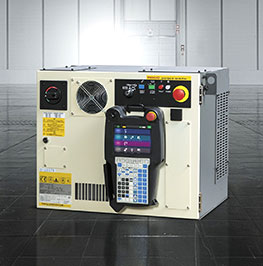

נוב . 19, 2024 20:17 Back to list
How Does a Granulator Work?
Granulators are essential machines used in various industries to process materials into smaller particles, or granules. These machines play a vital role in the production chain, helping transform raw materials into easily handled forms, which can be used for further processing or manufacturing. Understanding how a granulator works can provide insights into its importance in industries such as plastics, pharmaceuticals, and food processing.
At its core, a granulator is designed to reduce the size of bulk materials. The basic principle of operation involves cutting or crushing the material into smaller, uniform pieces. The granulation process generally follows four key steps feeding, cutting, sizing, and discharging.
How Does a Granulator Work?
2. Cutting Once the materials are fed into the hopper, they are directed towards the cutting chamber. Here, a series of rotating knives or blades is employed to chop the material into smaller sizes. The design of the cutting blades can vary based on the type of material being processed and the desired granule size. The blades operate at high speeds, which ensures that the materials are fragmented efficiently. In addition to rotating blades, stationary blades may also be used to enhance the cutting process.

3. Sizing The granulated particles must be sized to meet specific requirements for further processing or end-product specifications. In many granulators, screens are used to help control the size of the output granules. These screens have specific hole diameters that allow only particles below a certain size to pass through. When the granules are larger than the desired size, they are redirected back into the cutting chamber for further reduction. This sizing mechanism is crucial for ensuring uniformity in the final product.
4. Discharging Once the granules reach the desired size, they move to the discharge area of the granulator. Depending on the design, this can involve gravity discharge or the use of air or mechanical conveyors to move the granules out of the machine. Efficient discharge systems prevent clogs and ensure a smooth transfer of materials to the next stage of the production process.
Applications and Benefits Granulators are widely used in recycling, where they help convert scrap materials back into usable forms. In the plastics industry, they are instrumental in processing thermoplastics and thermosetting plastics. In the pharmaceutical industry, granulators are utilized to produce granules for tablet manufacturing, ensuring even distribution of active ingredients. Additionally, in food processing, granulators are used for creating homogeneous blends of ingredients, improving the consistency of the final product.
The benefits of using a granulator are numerous. They improve material handling, reduce processing costs, and enhance product quality through uniform granule size. Granulators also contribute to waste reduction by allowing manufacturers to recycle production scraps.
Conclusion In summary, granulators are a pivotal part of many industrial processes. Their ability to efficiently reduce material sizes while ensuring uniformity of granules makes them indispensable in various sectors. By understanding the workings of granulators, businesses can optimize their operations, improve product quality, and contribute to sustainability efforts in manufacturing. Whether for recycling, pharmaceuticals, or food processing, granulators continue to prove their worth in modern industry.
Latest news
Troubleshooting Common Eddy Separator Problems
NewsJul.04,2025
The Role of Metal Recycling Plants in Circular Economy
NewsJul.04,2025
The Impact of Recycling Line Pickers on Waste Management Costs
NewsJul.04,2025
Safety Features Every Metal Shredder Should Have
NewsJul.04,2025
How Industrial Shredders Improve Waste Management Systems
NewsJul.04,2025
How Cable Granulators Contribute to Sustainable Recycling
NewsJul.04,2025